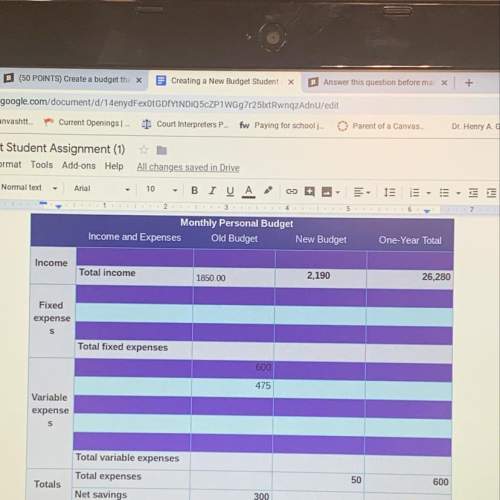
Mathematics, 15.01.2021 02:40, goosenar
The accompanying table shows the number of bacteria present in a certain culture
over a 4 hour period, where x is the time, in hours, and y is the number of
bacteria. Write an exponential regression equation for this set of data, rounding all
coefficients to the nearest thousandth. Using this equation, determine the number of
bacteria present after 11 hours, to the nearest whole number.
Hours (x) Bacteria (y)
0
875
1
962
2
1270
3
1434
4
1838

Answers: 2
Other questions on the subject: Mathematics

Mathematics, 20.06.2019 18:04, adrianwoods1507
In which of the situations can information about tyler be represented by the expression r+3 when r represents information about ray? check all that apply.
Answers: 2

Mathematics, 21.06.2019 12:30, thelonewolf5020
Dropping less than two inches per mile after emerging from the mountains, a river drains into the ocean. one day's discharge at its mouth, 5.6 trillion gallons, could supply all of country a's households for seven months. based on this statement, determine how much water an average household uses each month. assume that there are 100 million households in country a. country a uses approximately nothing gallons per household per month.
Answers: 1

Mathematics, 21.06.2019 14:40, hannamcbrayer1
Which statement most accurately describe why the division property of exponents does not apply to the expression (-8)^2/(-3)^4
Answers: 2
Do you know the correct answer?
The accompanying table shows the number of bacteria present in a certain culture
over a 4 hour peri...
Questions in other subjects:




Mathematics, 01.05.2021 14:00

Geography, 01.05.2021 14:00

Mathematics, 01.05.2021 14:00

History, 01.05.2021 14:00









